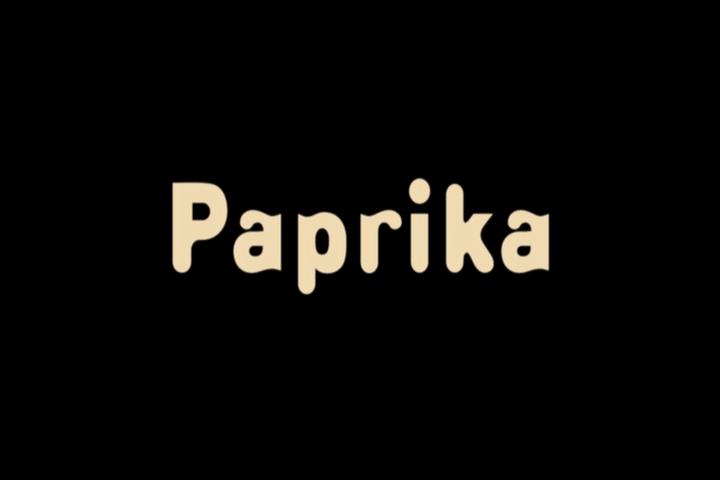Paprika is Satoshi Kon’s 2006 film inspired by Yasutaka Tsutsui’s novel of the same title. With Satoshi Kon’s death in 2010 (at the young age of 46) following his battle with pancreatic cancer, Paprika served as his final project. The film was produced by both Sony Pictures Entertainment Japan and studio Madhouse.
![dvd_snapshot_00.08.15_[2017.06.13_21.35.28]](https://theanimeguru.com/wp-content/uploads/sites/3/2017/06/dvd_snapshot_00-08-15_2017-06-13_21-35-28.jpg?w=300)
The plot is one that demands the viewer’s full attention with details assailing its audience from all possible sources – from script, to scenes, to character action. The complicated plot is actually quite difficult to grasp from just one watch simply because each element of the scene offers more information. By focusing on one aspect such as the dialogue, viewers tend to miss out on minute details in the scene. It is due to this that Paprika’s quality increases the more times one watches it. With its own set of rules Paprika progressively goes from worldly to out of this world. Despite the unique premise, the story is written in such a way that the rules of the world of Paprika are presented in an understandable manner. Given its distinct plot element that was new and revolutionary for its time, the film suffers from the necessity to explain all its plot elements making many scenes dialogue heavy.
The characters of the film were lacking in development and progression. Considering the fact that Satoshi Kon has been known to push the bar and go beyond expectations, the villain of Paprika was quite one dimensional and predictable. Aside from this, even his heroine was somewhat lacking in development. The fact that Paprika served as an alter ego to Doctor Chiba made it quite difficult to connect with the protagonist. There was a clear disconnect between Paprika and her real-life counterpart. The cognitive dissonance between the two really threw me off as a viewer and never really sees much development or clear resolution. The strongest character was the detective, Toshimi Konokawa, who saw clear growth as a character. Throughout the film, we see his story progress to a satisfying resolution.
Paprika’s best qualities lie in its art and animation. With the factor of dreams coming into play, many exaggerated scenes worked well. The opening of the film for instance set the film up by establishing the concept of dreams and how it would be used in the film. The quick and smooth transition between multiple scenarios in the opening made for an exciting introduction to Paprika and truly showcased its unique story element. The use of dreams also allowed for the dream parade to make sense. With the dream parade repeatedly showing up throughout the course of Paprika all the while growing as more dreams were added, viewers were treated to what can be described as a visual spectacle. The dream parade exemplified the effort and attention to detail that the producers put into making Paprika and creating a visually stunning film.
In tandem with the animation and art of Paprika, the film’s music produced by Susumu Hirasawa also served to elevate the film. The soundtrack of the film consistently matched the tone while highlighting the unnerving aspect of the mixing of dreams. The unnatural sounds used in the tracks blended well and heightened the sense of strangeness.
With its outlandish premise and plot, Paprika easily established a name for itself. Although not his best work, Satoshi Kon still proved that he deserved the praise that he received throughout his life with his last project. Paprika continues to be an iconic film in the anime industry.







